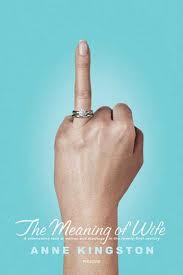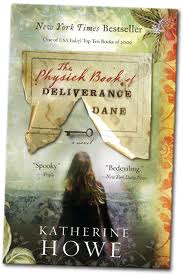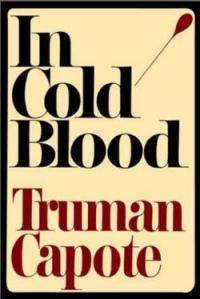My most recent foray into nonfiction brought me to Anne Kingston’s 2006 book The Meaning of Wife. At first glance, the book appears to jump onto the wife/search for life’s meaning/bridal-mania that has, in the last couple of decades, proven lucrative territory. However, once read, Kingston’s work proves rather more…direly realistic than anything Elizabeth Gilbert ever wrote. (The cover probably should have given this away for me…)
In Anne Kingston’s The Meaning of Wife, Kingston outlines the history of the “wife” in our society. She focuses primarily on the 20th century Victorian inheritance tracing everything from the “bridal industrial complex” (a very real thing for today’s woman) to the differing cultural images of woman-come-wife: 1950s helpmeet, the feminist, the single girl, the abused wife, the killer wife (as in the one that strikes back after violence, the trapped wife, the unhappy wife, the nagging wife, the harpy, and so on. Kingston draws the readers attention to all the associations of wife and how it pigeon-holes women into a gender role that is influenced by all manner of cultural inheritances and trends. Kingston’s book is clearly well-researched and thoughtful. She points out many, varied influences and pictures of the wife that, though you may not have thought of them, ring true. The book is often disturbing, and for me, someone considering marriage in a very real way while simultaneously questioning whether I want that label and the various stigmas that go with it, it was especially so. I thought, about 2/3 of the way through this book, that I would write that Kingston takes the gloom and doom view a little too far, seems to take everything a little too seriously. But, ultimately, she sends with a thoughtful chapter about the changing views of the wife and its implications for both men and women. Indeed, I would suggest she ends on a hopeful, though clearly a well-considered and realistic one. I ultimately can only applaud Kingston’s academic approach which, in the end, adds a personal reflection that I found powerful.
Anne Kingston, unsurprisingly, raises as many questions and she answers, exposes more tensions in our society than she relieves, but the discussion is, agree or disagree, enlightening and I’m glad to have read her work. She synthesizes and puts into historical and cultural perspective a great deal of information.
Definitely a worthwhile read.




